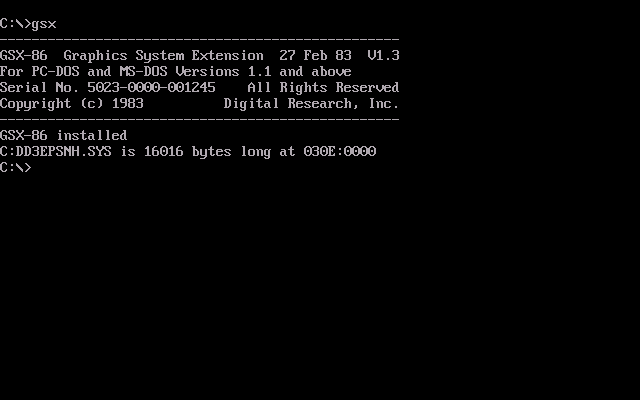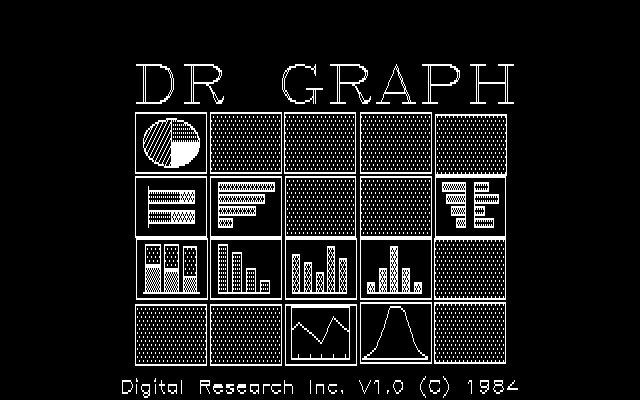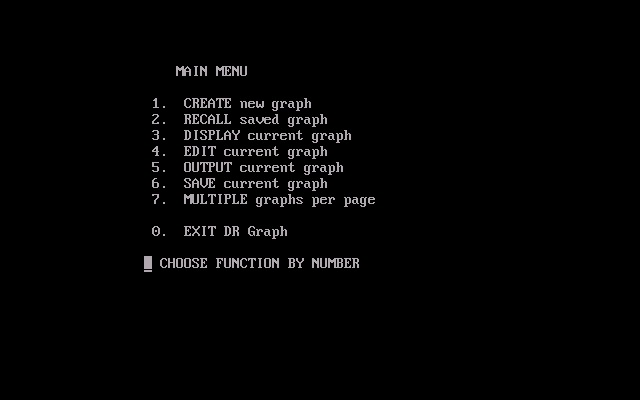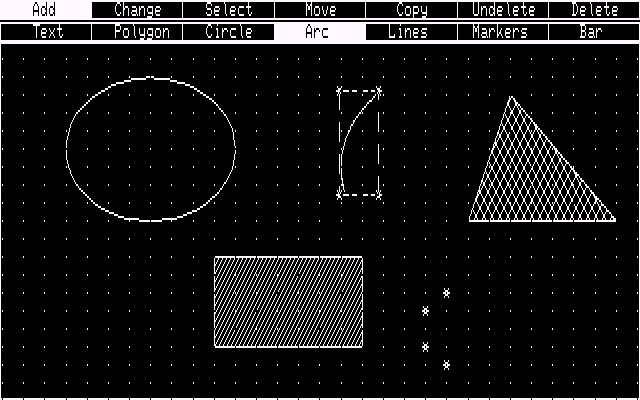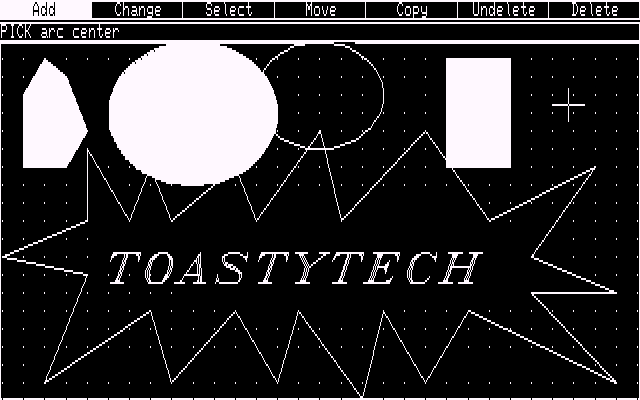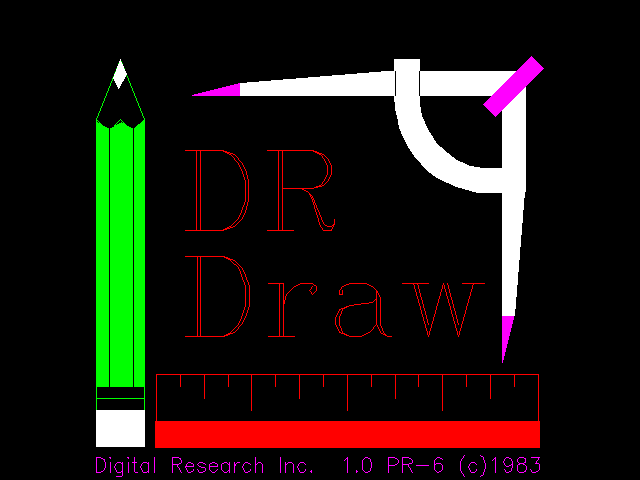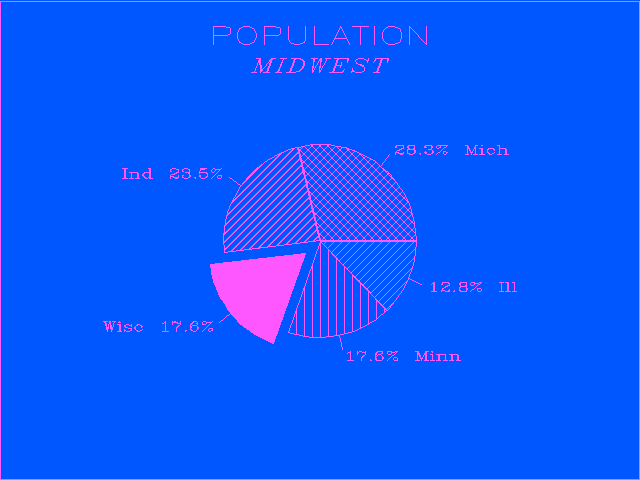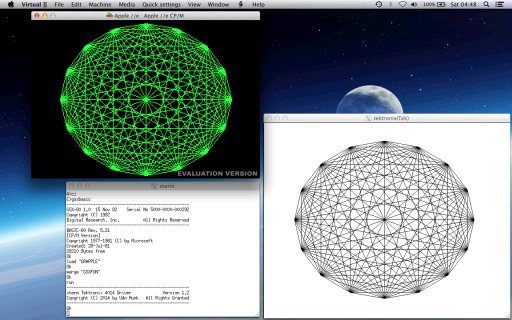|
|
Location: GUIs >
GEM >
Digital Research GSX GSX is a display independent graphics library developed by Digital Research for their CP/M-80 and CP/M-86 operating systems. It was also ported to MS-DOS. GSX supports various sized displays, plotters, graphics printers and mice. GSX uses vector based drawing, which permits images to scale to different size or aspect ratio screens. It abstracts the input and output devices in to installable device drivers. A vendor could create a unique video display card, simply provide a driver for it, and all GSX applications would automatically work without program modification. This was extremely important in the pre-IBM PC days, as every vendor's hardware was different and incompatible. A software vendor might want to create a graphical application for as many hardware platforms possible, but would then be faced with the task of implementing support for hundreds of systems and video options. Only to fall behind whenever a new system came out. However, there were only a few major commercial applications developed for GSX: Digital Research's DR-Draw, DR-Graph, and DR-Logo (if anyone know of any more, or has a copy of DR-Logo they would like to share, please let me know) The GSX system was used as the foundation for Digital Research's GEM.
If you have read about the history of Microsoft Windows, you may have heard that it started off as a project called "Interface Manager" and it was described as an "Installable device driver". That is essentially what GSX is, and in all probability is what Microsoft was trying to mirror before "Windows". GSX is compatible with PC-DOS 1.1 and MS-DOS 1.x.
In a way, running these on IBM CGA doesn't really do these programs justice. IBM was stuck with CGA while other machines such as the NEC APC or TI Professional Computer had higher resolution graphics. DR-Draw and DR-Graph were available for CP/M-80 and CP/M-86 on numerous machines. They were also ported to MS-DOS including non-IBM hardware compatibles. In fact the above DR-Graph version is actually for the TI Professional Computer (a non-IBM hardware compatible MS-DOS machine) but simply switched to using IBM GSX drivers found with DR-Draw.
In fact, DR Graph uses plain old text mode for its menus and data entry.
An interesting feature of DR Graph is that you may output your graph to two different "displays". For example, on an IBM PC you may choose between monochrome CGA and 4-color CGA. Each "display" uses a different driver and need not be the same video card. In theory one might build their graph using normal CGA but output it on a secondary monitor attached to a Hercules Monographics card or other third party high resolution video device.
DR-Draw supports drawing lines, filled polygons, circles, arcs, bars, and text. Objects may be assigned a color, but the appearance depends on the output device. This version of DR-Draw is missing the font disk and additional drivers.
It presents a menu at the top of the screen. It is not selected by a cursor, instead you move the mouse left and right and it highlights the selected item. Messages, input, or sometimes a second menu are shown on a line below the menu. While drawing or selecting objects, the mouse cursor appears as a "+". GSX for DOS is compatible with the MS-DOS Microsoft Mouse driver. Depending on the implementation, it can also use keyboard keys or other input devices to move the cursor.
John Elliott, who brought us VGA for Windows 1.0x, also backported some
GSX-86 1.3 drivers, including this VGA driver, from the published
GEM source code.
However, these drivers are buggy when used with DR Draw and DRGraph. DR-Graph will not display the text menu screens, and DR-Draw will not draw the menu fonts quite right. GSX supports a number of video cards. Off hand there are native drivers for:
So in conclusion, GSX is not really much of a GUI, and not widely used,
but I believe it was influential in its time.
|
